It is one thing to use post production software such as Aperture or Lightroom to enhance the look of your photos but what about getting creative at the point of capture.
This morning I have been playing with the brilliant Lensbaby Composer. If you haven’t heard of this lens before well in short if offers greater focus / bokeh control with a selective focus on particular areas of the view (known as the “sweet spot”).
1. Unboxing
The Lensbaby comes in a compact box with everything you need for some creative soft focus photography :
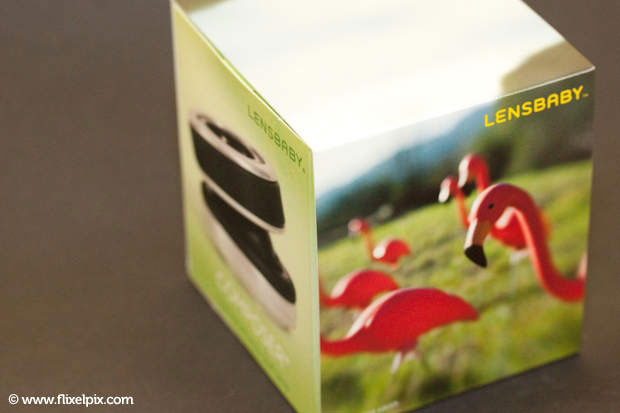
The Lensbaby comes with the Composer lens and a number of different sized aperture disks (these can be changed easily). The sizes included are :
f/2.8, f/4, f5.6, f/8, f/11, f16, and f22
These control the size of the “sweet spot” i.e. the area that is in focus.
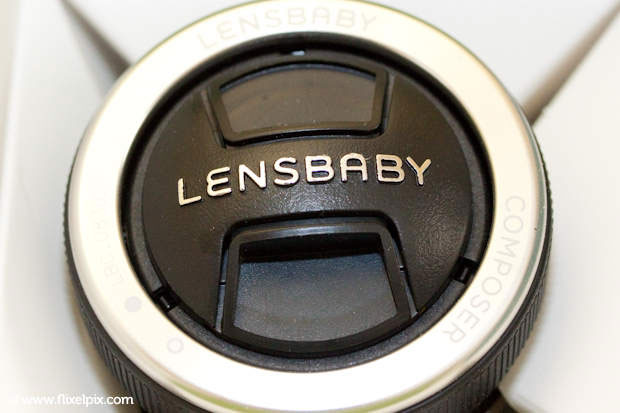
2. Installing the Lens
The lensbaby composer comes in a number of different camera fitting types so obviously as a Canon owner I needed the Composer with the Canon fitting.
Attaching the lens involves the same process and installing any other lens. My advice would be to install your selected aperture disk before putting the lens on the camera. I am using disk f/4 for this demo.
3. Getting Started
To get the best from the Lensbaby they recommend using the Aperture Priority Mode (AV). First you have to set the focus by ensuring the lens is pointed straight ahead (i.e. no tilt).
Then using the focus ring ensure the centre spot is in focus. You can lock the lens in focus at any point.
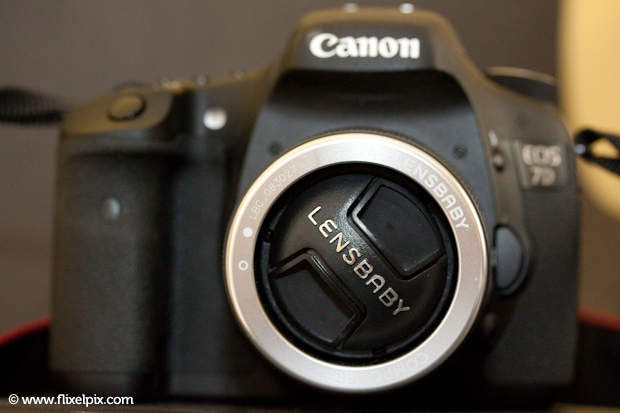
Having Fun
This is where the fun starts. Pointing the camera at your subject you can gently tilt the end of the lens to move the area of focus. You may need to adjust the focus slightly with each move.
Initially I was moving the Lensbaby composer to extremes but after an hour or so of getting to know what it can do I found I was able to adjust the lens in smaller steps to gain more controlled photos.
I would also definitely recommend locking the focus in place once you are happy so all you have to worry about is adjust the “sweet spot”.
I have uploaded three photos to flickr of my first trip around the garden with the Lensbaby. It is great fun to use, I found I had to be 18-20inches from the subject to ensure clear focus in the sweet spot.
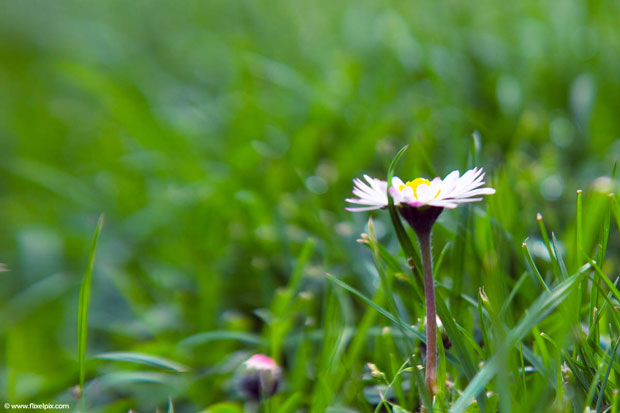
There are more photos in the flickr set here.
You can add additional optics to the Composer including a fisheye which I would love to have a play with. On the whole the Composer is amazing. One difficulty I did face was ensuring my shot was in focus.
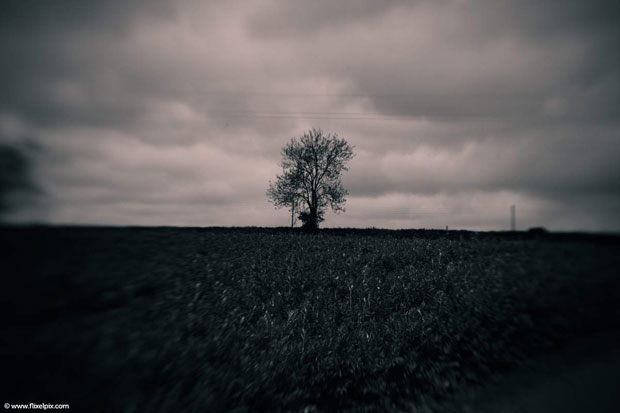
Obviously there is no auto-focus available (which I rely on too much). Using the Lensbaby Composer will definitely help train my eye to ensuring shots are in focus.
Conclusion
The Lensbaby Composer isn’t cheap costing just under £170 so if you are starting out on your lens collection journey it might not be at the top of your list. That said it is definitely worth the investment, the creative scope of controlled bokeh is massive and the Lensbaby puts you in control.
The additional optics cost just less than £70 and would make for the ideal christmas or birthday gift to complete your collection !
A whole hearted 5/5
Full Specs : Double Glass (Multi-coated Optical Glass Doublet) included Focal Length: about 50 mm Focus Type: Manual Aperture Type: Interchangeable, magnetic aperture disks Apertures: f/2, f/2.8, f/4, f/5.6, f/8, f/11, f/16, f/22 Minimum Focus: about 18″ (45cm) / Maximum Focus: infinity Size: 2.25″(5.7cm) h x 2.5″(6.35cm) w / Weight: 3.7 oz (104.9g) No electronic communication between the lens and the camera body.
I have the lens baby muse, and I do enjoy using it, although you need plenty of light for it to work. The plastic optic isn’t great, I may invest in the glass at some point, and the muse doesn’t lock in place, which makes using it a little tricky at times.
I have the Lensbaby Composer (Glass) and is very much fun!
Look at what falling snow does to you when photographed with the lensbaby!
http://www.flickr.com/photos/rubicon2008/4212420533/
I also have the Zone plate/pinhole extension. Easy to swap and also lots of fun!
Focusing is indeed one of the really challenging tasks. Not only because of manual but also because changing the sweet spot, means again changing the focus. Especially with the f/2.8 aperture disk.
This might be easier…
http://www.flickr.com/photos/rubicon2008/4212420533/